Toddlers could be argued to be ideal world travellers. With an insatiable curiosity, and the ability to make friends wherever they go, they’re like little sponges, soaking up everything around them and moulding their worldview on their experiences.
We’re lucky to be able to raise our children in a more globalised world than ever before, with access to the internet and a limitless amount of childcare advice. But armed with this vast expanse of knowledge and your little sponge in tow, some questions remain: Which cultures raise the happiest children? What values do you want to instill in your child? And finally, what benefits will exposing your child to different cultures bring? Buckle in and get ready for a tour around the world, exploring different early education methods and discovering their potential benefits.
Fostering Independence and Creativity: The Nordic Nurseries
Exploring the Cosy Haven of Danish Hygge
In Denmark, they believe that childcare centres should prioritise creating a cosy and inviting atmosphere known as hygge. The hygge schooling approach values allowing children to feel a sense of belonging and security as they navigate their world. Danish nurseries prioritise fostering independence and creativity in their pupils, which in turn helps the children develop their problem-solving skills and spark their imaginations. Child psychologists recommend creating such an environment for all children, Danish or otherwise. Hygge shares many principles with mindfulness, a common practice recommended for children struggling with anxiety when it comes to school.
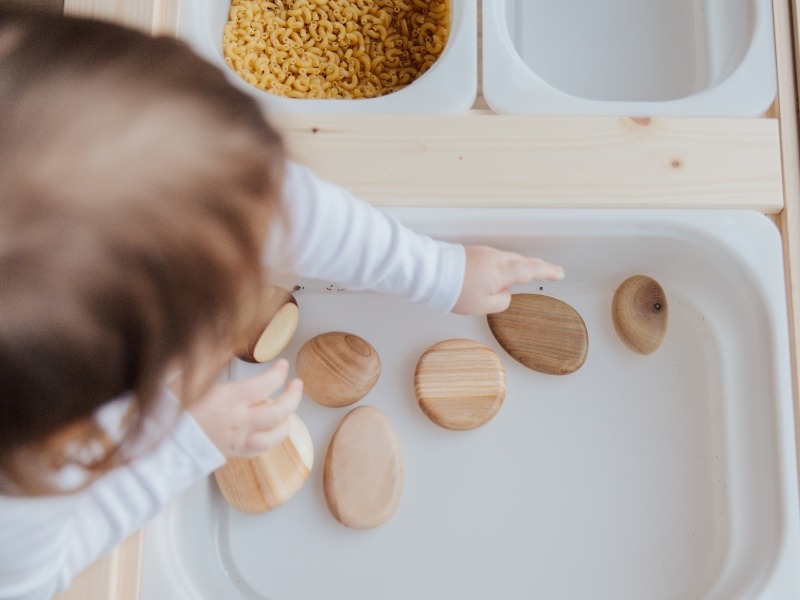
Specialist Owen Smith, founder of Association of Learning, shared, “ By easing your child’s anxieties about going to school or nursery, you’re setting them up for a better day. A child that’s happy to be there is going to be able to retain more than a child who’s clinging to their parent’s leg and wanting to leave!” He went on to add, “Parents often think the best thing to do for their child is to force them to do what they’re resisting. Meeting them where they are and making accommodations for their needs does sometimes work better.” Owen urges parents struggling with this phase to try to learn more about early childhood development. “I don’t think parents can go wrong by enrolling in Child psychology courses online. The first step to a better relationship with school is understanding what’s going on in your child’s inner world.” Understanding where your child is developmentally and why they’re being reactive will make both of your lives calmer and more hygge.
Denmark isn’t the only Scandinavian country making leaps and bounds in childcare though!
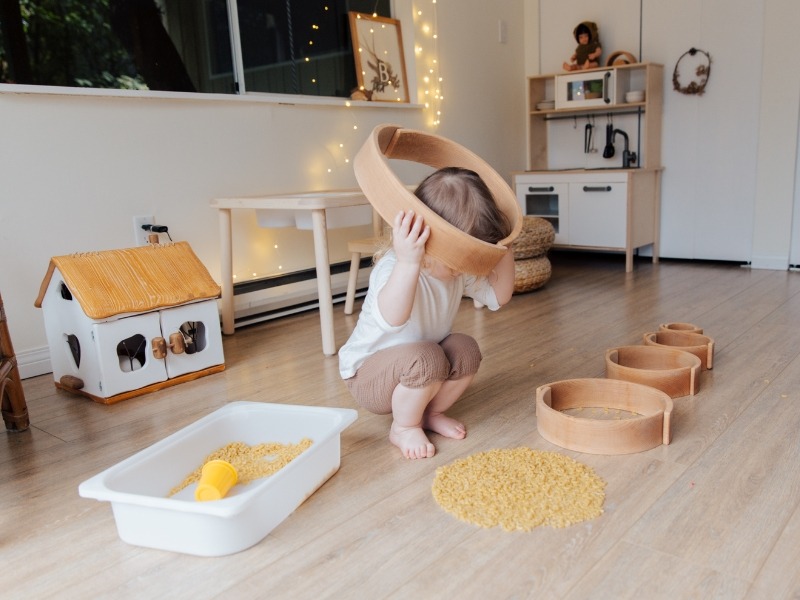
Embracing Nature’s Classroom: Swedish Forest Schools
As we travel through Nordic education, let’s venture into the lush, green forests of Sweden. The concept of skogsmulle, or forest schools, is very popular here. These early education centres value the wonders of nature, allowing children to learn through hands-on experiences in natural settings. Goestra Frohm created the skogsmulle concept in Sweden in 1957. He set out to promote learning about the environment, and it’s been found that he wasn’t wrong to do so! His method results in better concentration and lower stress in students. It’s since become an accepted educational method in Sweden, and is gaining popularity globally as more parents discover the benefits of an outdoor education!
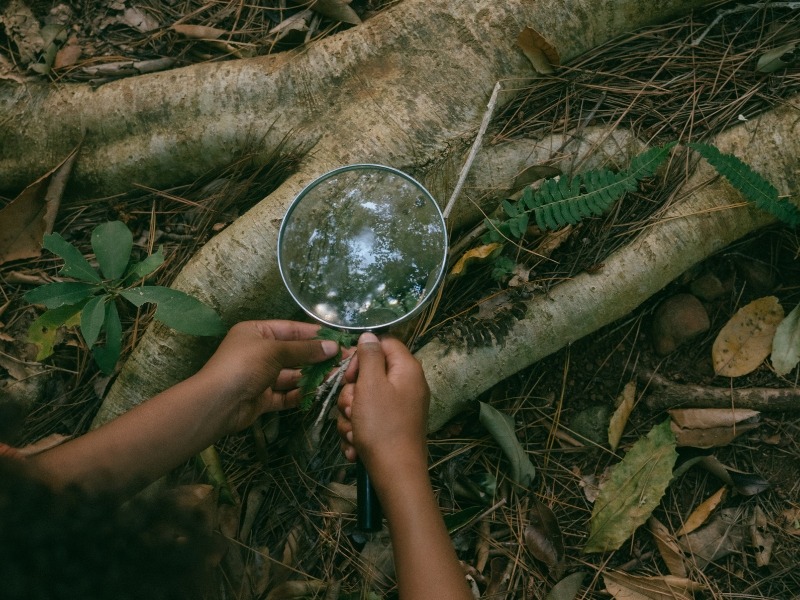
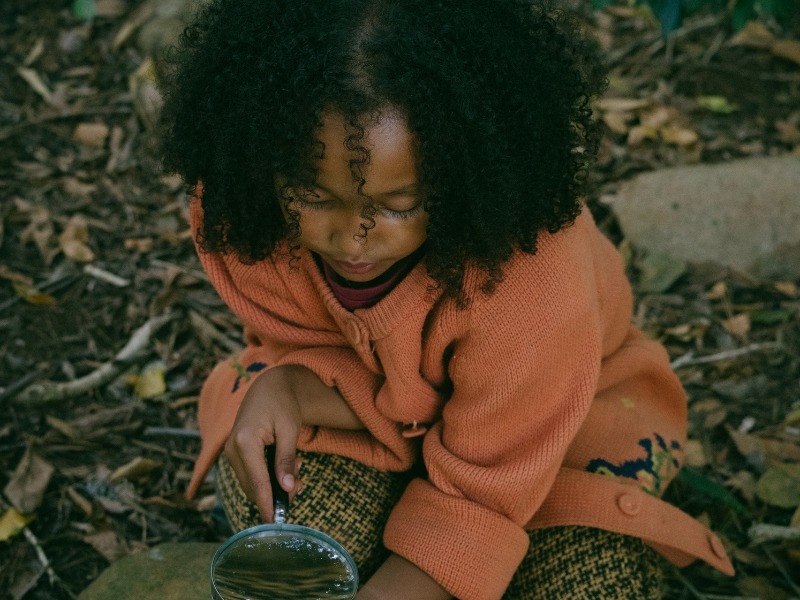
Unleashing a Child’s Innate Potential through the Montessori Method
Journey of Self-Exploration: Discovering Montessori
Dr Maria Montessori’s approach to childcare is centred on unlocking the natural abilities of a child through an environment that promotes self-directed learning. Children in Montessori classrooms are allowed to independently select their preferred activities and investigate lots of different materials at their own pace. The approach described here is designed to foster self-sufficiency, analytical reasoning, and a sustained passion for education. One of the more remarkable aspects of Montessori-style learning is its emphasis on life skills. By focusing on everyday tasks, such as pouring, sweeping, and buttoning, Montessori education helps children develop independence, concentration and coordination. These skills not only prepare children for future academic success but also lay the foundation for a self-sufficient future!
The Power of Expression: The Reggio Emilia Approach
Artistic Self-Expression on the Creative Canvas
Have you heard of the Reggio Emilia approach? It’s an educational philosophy that originated in Italy and places a strong emphasis on the power of self-expression and art in early childhood education. By incorporating these elements into the curriculum, children are encouraged to explore their creativity and develop a deeper understanding of the world around them. Reggio Emilia classrooms are unique in that they are designed as creative studios, providing children with endless artistic activities to explore! Children are able to experiment and discover new ways of creating and communicating. By working together and sharing ideas, students are able to develop important empathy skills, as individuals collaborating have an opportunity to appreciate and value diverse perspectives. By embracing collaboration, we can cultivate a more compassionate and understanding society!
Learning through Cultural Heritage
Invaluable parenting wisdom has been passed down through generations in indigenous communities. Often, cultures place a high value on preserving and passing down their cultural heritage and view this as a crucial foundation for early education. Children develop a deep understanding of their roots because there is a sense of pride and respect for their heritage instilled in them from a young age.
Storytelling and Oral Traditions
In some indigenous communities, storytelling and oral tradition are highly valued as powerful educational tools. These ancient traditions have been passed down from generation to generation, preserving each culture’s unique history and language. Storytelling captivates young minds and transports them to different worlds and times. By sharing tales, myths, and legends, children have fun but also gain a deeper understanding of their cultural heritage. It’s amazing how stories can spark curiosity, imagination, and empathy in kids. By fostering a deep connection to their roots, you can help your child gain an understanding of their place in the world.
Storytelling holds a special place in the traditions of Native American tribes. Elders share stories of bravery, nature’s lessons, and ancestral traditions, which in turn have helped them preserve their history. The stories are not only captivating, but they also impart wisdom that transcends generations.
Learning by Doing: Practical Skills for Sustainable Living
One of the key features of indigenous childcare methods is the emphasis on hands-on learning experiences. This approach enables children to develop practical skills that are essential for sustainable living. Through engaging in activities such as farming techniques, crafting tools, and building shelters, children are able to actively connect with their environment and gain a deeper understanding of the significance of ecological balance.
The Maasai tribe of East Africa teaches their children the important skills of herding and sustainable grazing practices from a very young age. This instills a sense of responsibility in the children while also ensuring the preservation of their pastoral way of life.
Elder Guidance: Wisdom as the Bedrock of Education
In indigenous communities, it’s customary for elders to have a significant role in the upbringing of children. Their knowledge has been acquired through a multitude of life experiences. They pass down traditional practices, survival skills, and spiritual teachings, nurturing a strong bond between generations. The Australian Aboriginal community has a word for this connection to the land, history and their elders: dadirri. Children learn to appreciate the wisdom of their elders and embrace the interconnectedness of all aspects of life. Miriam-Rose Ungunmerr of the Ngangikurungkurr tribe describes dadirri as “the deep spring that is inside us. We call on it, and it calls to us… When I experience dadirri, I am made whole again. I can sit on the riverbank or walk through the trees; even if someone close to me has passed away, I can find my peace in this silent awareness. There is no need for words. A big part of dadirri is listening. Through the years, we have listened to our stories. They are told and sung, over and over, as the seasons go by.”
Embracing Cultural Diversity for the Best Childcare
Danish hygge, Swedish forest schools, child psychology courses online, the Montessori method, the Reggio Emilia approach, the Aboriginal dadirri, and other indigenous wisdom provide valuable lessons for parents looking to create nurturing environments. By considering the benefits of independence, creativity, self-directed learning, art expression and the guidance of elders, we can cultivate a well-rounded foundation for our children’s growth. By celebrating cultural diversity, respecting different perspectives, and tapping into the innate curiosity of our little ones, we can create an environment that sparks joy, fosters learning, and cultivates a lifelong love for exploration.
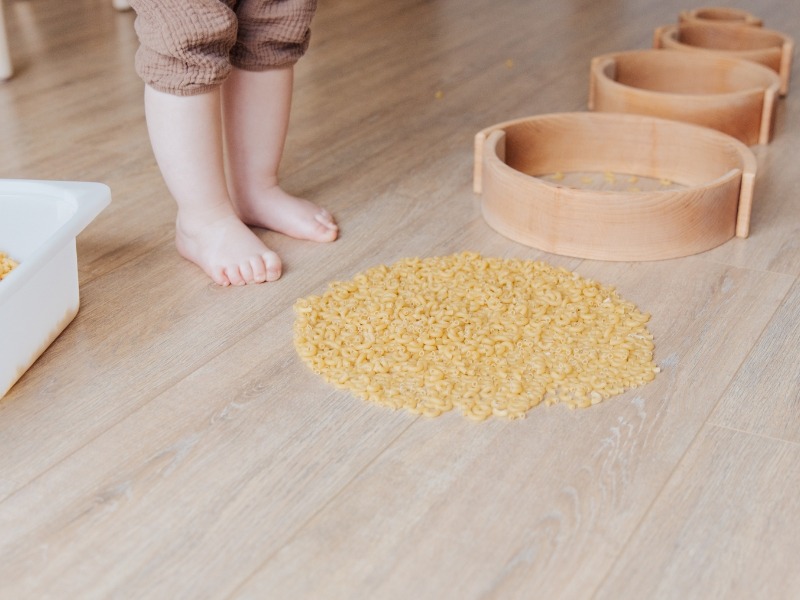
Happy Parenting, fellow explorers!
